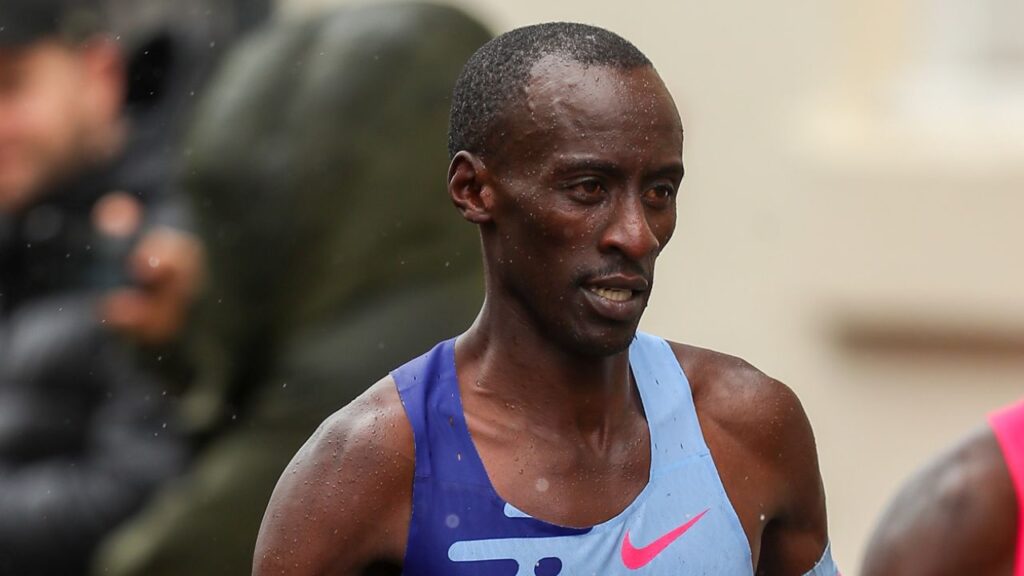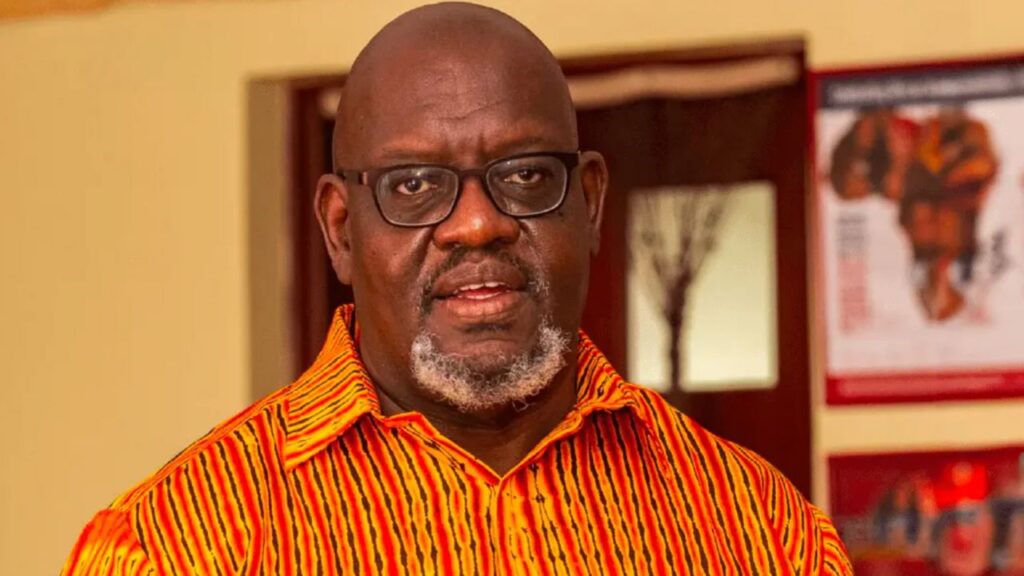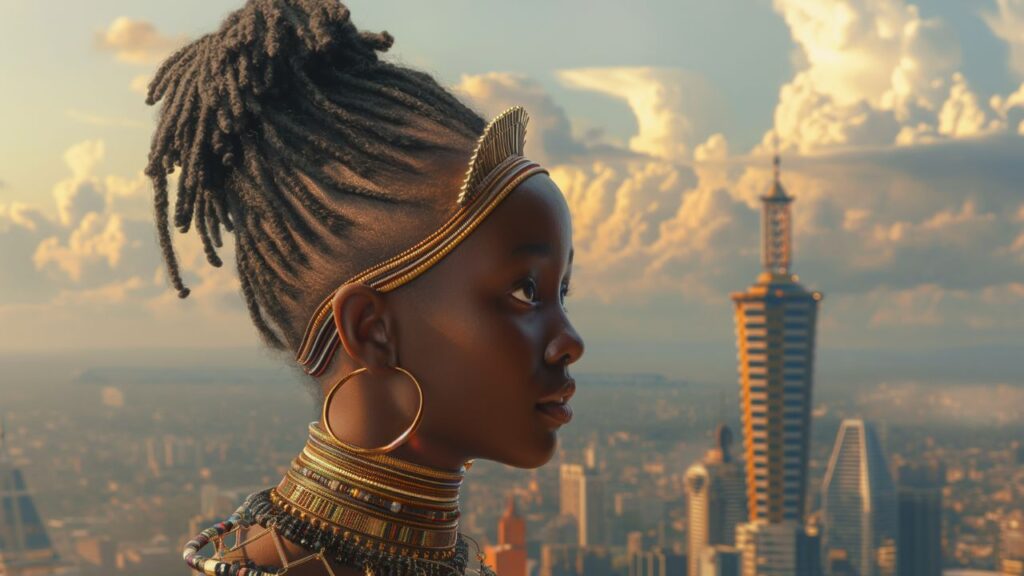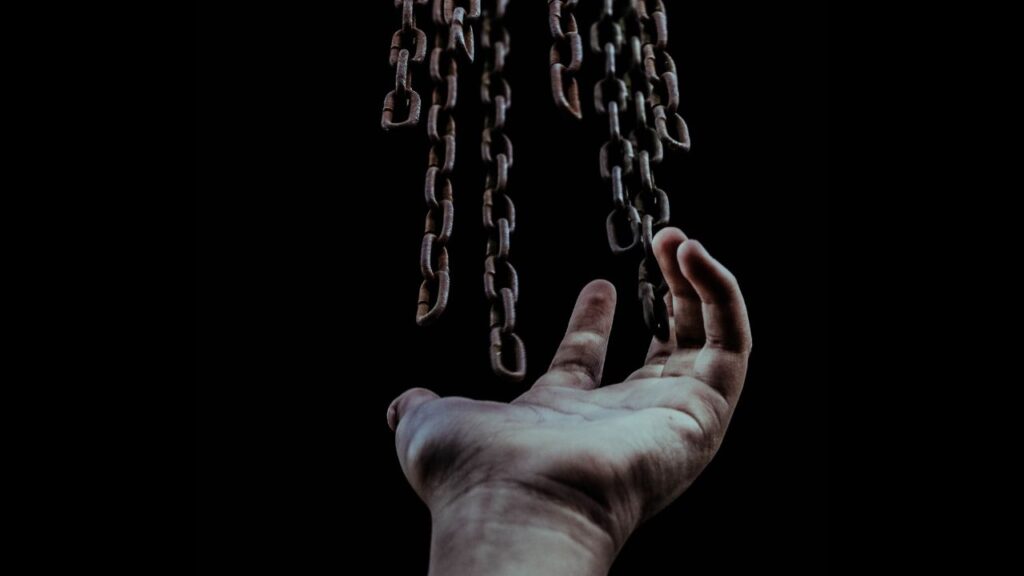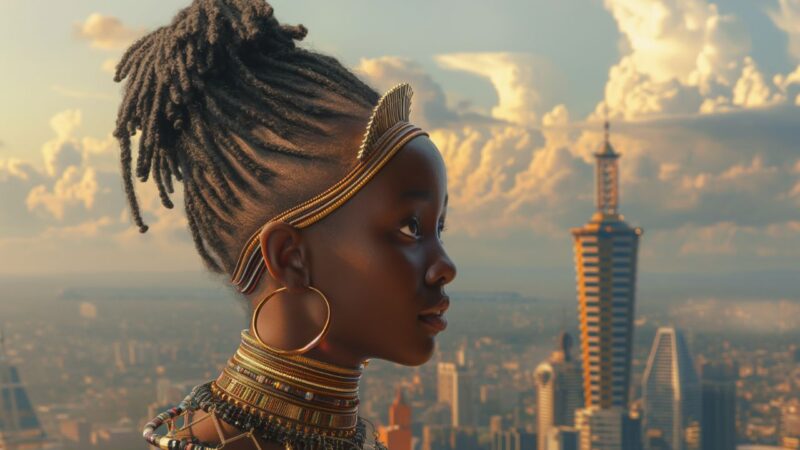There’s something uncomfortable about looking at pictures of your parents at a time when they made each other happy. – Aminatta Forna
Our parents are an example of two things:
What marriage should be like;
What marriage should not be like.
I met the husband I never married when I was sixteen. He became the biological father of my child a few years later and he was proud to call me his wife. We never had a wedding albeit living together … in theory – as he often travelled meaning we did not really spend much time together. And by the time we reunited, we had spent so much time apart that we felt like strangers. We had become accustomed to making separate decisions in separate countries and over time, our worldviews evolved in divergent directions. As I had become a mother at a very young age, I started, as many women might, feeling a little empty. My child was growing older and being a mother could not define my whole identity. What happened to all the things my younger self-thought I would one day do?
My parents, who are card-holding members of the Baby Boomer generation, modeled to me as a child, that in a marriage, one stays put until death do us apart. You may hurt and drain yourself, but in the end, you will have done the honourable thing by staying wedded.
Later in life, parents resting in their graves, married to death, you look back at old photos and realise they were once possibly happy. They had good times. They kissed, loved and laughed. Then I mirror that against my own relationship that did not stand the test of time.
Old photos with your former partner, only tell one little part of the whole story – the part that is most hopeful and happy.
Happy … that little word people have written hundreds of books about because we are socialised to seek happiness all our lives. These popular notions do not really capture the full spectrum of the human experience but they continue to prevail over the choices we make and do not make.
I did not choose to be born to a Kenyan father and a Russian mother. Yet, they informed a large part of the insecurity I both consciously and subconsciously developed around love and marriage. They informed the choices I made and they informed the choices I did not make.
As a woman in her 30s reflecting on my parents’ complex marriage, I have developed a curiosity about what really built their union; why did they stay together, despite the unforgiving conflicts?
I do not have any easy answers but in the process of dissecting the complexities, I came to realise how daring my parents were. They ventured outside the bonds of their culture, and, merged to find solace in each other, creating new identities in worlds that were distinct from the worlds they were born into.
My father was an intellectual, who studiously worked toward a success he had defined in his mind. He was among the privileged Kenyan Baby Boomers, from his hometown, Kuria, and from the country in general, to travel abroad for higher education circa 1965. Not only did he travel overseas, he travelled into the tensions of the Soviet Union at the height of the cold war.
I have tried to recreate the past in my mind. What was life like for a young black African man in my mother’s hometown, the southern city of Krasnodar, close to the Black Sea – the warmer part of the country. If only I was older during his final days, we might have had these conversations, and I would be better informed. There were times, as a child, I felt he wanted to tell me more but he did not know how too. We would sit and stare at each other. He would murmur something incomprehensible to my young mind about his regrets. Years later, I hold vague memories of what might have transpired. He wanted to speak of the hardships of his past. He wanted to talk of the racial hardships in the USSR. The Soviets, who had been isolated from the rest of the world found African people completely alien and projected all manner of negative stereotypes. In my view, it was not an overt kind of racism with a historical context common in the West. It stemmed from a profiling of the unknown given that exposure to black people was nearly none existent. The name-calling took place mainly amongst the men, who over a few drinks could become fast friends. This is not to say grave and violent incidents did not occur, more so among the less educated or jobless. Being the studious man he was, he persevered through it all and gained the respect of the Soviets, going on to earn a PhD in Agricultural Engineering.
I also heard he handled quite a number of substantive projects and began to earn money that distinguished him from the rest of his peers. In time this made him something of an outlier and an exotic catch for the Russian ladies. Many women of the time harboured dreams of any ticket out of the USSR. They were told of a tropical location with succulent mangoes and sunny days throughout the year. The commonly viable escape was the West and Africa in its remoteness, held a certain allure for the adventurous.
The alcoholic addiction that afflicted the troubled Soviet men further made the foreign men a more appealing option regardless of race. The strong Soviet women kept the homes going and the broken men found solace in war songs and vodka shots. The contrast in modest behaviour and disciplined lifestyles displayed by African men made them objects of curiosity for many women. They were hard-working and appeared to have clear visions for their future. They all dreamt of the big things they would do back home. Mixed-race children like I came to be known as ‘mulatos’. But it was not that simple. While my grandmother was against the idea of mixing blood and polluting the purity of their race, the Baby Boomers dared to be different. Not all had the courage to do so, as my mother did. Several women would end up aborting their mixed-race babies. My mother bore my sister in 1980, and as normally happens, the family grew fond of the baby. Although my sister recalls having a happy early childhood there, it was deemed not the most suitable option to raise a mixed-race child in the Krasnodar Krai.
Among the Africans, the Kenyans were deemed reliable and quite a number of them proudly brought their dainty Russian brides home. My father was fluent in Russian. So fluent that if someone spoke to him on phone, not having seen his face, they would assume that he was white and possibly blue or hazel eyed. I know he was also a charmer, for I recall him fondling my mother in front of other guests at parties, who themselves were too conservative to do the same with their partners. He was a man defined by his zeal, swinging between extremes of utter joy and frightful bitterness, as if he embodied two different people.
His public displays of affection toward my mother embarrassed me. Compared to the restraint of his peers, he seemed inappropriate. I questioned the authenticity as well. I would normally walk away from the scene thinking of it as a short-lived façade. By the third day of the week, they would be throwing unpleasant curses at each other. This was my normal, outside the fixed smiles in the family photos.
My mother was also an educated woman with a Masters degree in Economics and a beautiful cursive handwriting that I worked hard to emulate. The quality of the education, for all men and women alike, was high; the one thing the country did not compromise amid the chaos leading to the fall of the USSR was educational standards. While the men were burdened by the trauma of the cumulative conflicts of the time and the patriotic duty as the state’s soldiers, who put their lives forward for their country – willingly – many at a steep price, the women ended up filling the ranks as the brains of their institutions. It was common to have a significant number of women in varied fields from accounting to aeronautics. The first Russian woman in the world to fly to space in the 1960s was Valentina Vladimirovna – coincidentally, my mother was also a Vladimirovna.
There is a subtext to this inclusivity. The legal equality of women and men in Russia came circa 1917 under Lenin, who believed that women had a crucial and economic role to play in the communist revolution and need not be tied down to domestic roles. For about a decade (before much was reversed) not only was abortion legalized, but marriage was separated from the church and children born out of wedlock enjoyed equal rights. It always positively baffles me that the likes of my mother were born into Women’s Rights and still prioritized domesticated roles and motherhood above other pursuits of self.
My father, on the other hand, had been away from home for about 15 years. Through his hard work, the young family moved to Kenya around 1985, to start a new and supposedly free life under the sun. There were high expectations placed on my father, having been a pioneer of high education and interracial marriage in his community. He felt obliged to come back with a family, look settled and successful, with several not-so-well-off relatives waiting for the ‘benefits’ of his achievements. As Yvonne Owuor wrote in Dust, they would, “show up in every inconvenient season with a long story, one thin dead chicken – stolen – and hands outstretched to receive alms,” from him.
To his community, he was a new man. He returned wearing his one of a kind velvet suits, reading Russian books and playing vinyl records from our very large collection. I clearly remember Donna Summer among them. Mother blended into the Kenyan workforce and even joined a Kuria women’s chama. Her outward calmness, elegance and dedication to being a homemaker, disguised her actual bravery. She had rebelled against a system; left her homeland, found ways to sink roots in a new land and raise a family. She spent occasional nights missing Mother Russia- when she’d sit in the verandah after dinner, the glass door shut, looking out into the darkness in deep thought, having a cigarette whose puffs took her back home – the only times I saw her smoke. I would watch her silently from a corner of the sitting room, out of her line sight trying to read her pensive mood.
Like the round leaf and a lily flower that floats on the surface of the water in a pond, my parents sustained each other. A symbiotic relationship, picturesque on the surface and turbid below. So they floated, one upon the other, content in regiment, solid in growth only to be fragmented in loss.
Is that what marriage really is? A deep-rooted binding institution, further complicated by our heritage, nurturing, beliefs; something that I misunderstood while I fixated on my parents’ photos? How could I trust this institution?
So a few years into my own, so-to-say, customary marriage, the union finally came to an end. It was not a one-day affair. It was a steady decline; an airplane preparing for landing in bad weather accompanied by a series of drastic actions, and regret that it could not have gone any other way. It was not a smooth landing.
I began rebuilding the parts of me I had shattered. He too left to pick up the parked parts of his life before my existence. I was the interlude that gave it an ideal neither of us could live up to. I once thought leaving was strength until I realised the strength was in the staying. I did not have the courage my mother had to stay. Neither can I be certain that she should have.
UNBOWED
Having made peace with the paradox of choice, I went through a period of exploring life stories – memoirs and autobiographies. Among them was Wangari Maathai’s Unbowed where she explored what I would call a traditional childhood, girlhood and transition to womanhood in the context of her Kikuyu upbringing.
Roles were defined, expectations were clear – no surprises. Family and marriage were a communal affair necessitated by the need to organise life, retain values and manage the community’s resources. You could not wake up one morning and decide to unlove someone. Neither could you voluntarily neglect your role.
Her parents were of a time when polygamy was a norm. Co-wives were friends and the children played together, calling all the wives ‘mother’. Wangari writes that she did not sense any discrimination and if her parents had any problems they were kept out of it; she never saw them argue. Perhaps it was not acceptable for a wife to be confrontational with her husband. Nonetheless, roles and expectations were not ambiguous. It was not about the individual, it was about the community. Marriage was an expectation and families in the same homestead often married from the same community, expectedly grooming certain young men and women for marriage. This generally meant you married someone with shared communal values. You learnt to love and respect each other. We cannot ascertain that this would always be the case, but longevity of marriage was in some way guaranteed.
Wangari herself, who pursued her higher education in America, never witnessed the traditional longevity of her marriage. Her husband called it quits. She said her husband claimed that she was, “too educated, too strong, too successful, too stubborn and too hard to control.” But rather than defend these reasons (of which I suspect were traits she was, in fact, proud of) she beautifully captured the fragility of contemporary marriages when examined objectively.
“When we go through profound experiences, they change us. We risk our relationships with friends and family. They may not like the decisions we have taken or may feel threatened by our decisions. They may wonder what happened to the person they once knew. There may not be enough space in a relationship for aspirations and beliefs or mutual interests and aims to unfold. For a couple, this is particularly so because most people marry young and are bound to grow and change in their perceptions and appreciation of life.”
Regardless of this opinion, she wanted to keep her marriage for social reasons but did not wish to give up any of her aspirations for a more traditional role. Her marriage was officially annulled in 1979 but her bigger picture still stood as, “I was still the chairman of the National Council for Women of Kenya and I was still developing the Green Belt Movement.”
Influenced by the American school of thought, she needed to accomplish what she felt was her mission in life. “I also took America back to Kenya with me … There is a persistence, a seriousness, and a vision to America: it seems to know where it is going and it will go in that direction, whether you like it or not.” Wangari held onto her aspirations, my mother held onto her family- both strong choices for women who came from family-oriented communities. Wangari showed her strength overtly, my mother held it silently.
So I say to myself, let bygones be bygones as I examine contemporary marriages in search of role models to follow. In this new age, many of my millennial peers have had the opportunity to study abroad, subscribe to western notions of love and romance and have bought into the idea of one’s individual aspirations as the epitome of the pursuit of happiness and fulfillment. Those I looked at for hope in marriage have not survived the institution. Some are living in the same home-like ghosts, at the brink of sanity. Others settled for companionship and neglected the institutional commitment of marriage. Others, like myself, have developed a phobic awareness of the responsibilities of marriage, and have acceded to the idea that it is bound to fail.
Marriage comes down to choice: the choices mama made, the choices Wangari made, the choices I am making. Their choice to leave or stay, evolved into my choice to marry or not, on the backdrop of my reflections and attitude toward their marriages. In as much as I judged their choices harshly in my younger years, I now look at them with empathy – an empathy that does not seek to explore that path. An empathy that looks at my modern life as an advantage in the freedom we think we hold and in how we navigate our lives. An empathy that elevates the value of companionship in our chaotic urban lives and dismisses the idea that marriage is crucial for its attainment – for after all, their stories show the loneliness their marriages hid and the irony of committing to a life partner but craving freedom. So much for the myth of Happily Ever After.
In retrospect, I feel I have found a new (but detached) appreciation for the institutional and dutiful nature of marriage in a world where choice has become narcissistic. Everything depends on the individual. Your happiness depends on you. Your misery depends on you. It is your fault for attracting a flawed partner. We continue to await the unattainable, The One. These are the egoistic ideals we ruin our communities chasing. We forget that by the very act of holding an identity card, we represent civil principles, we forget that marriage is supposed to give us certain rights in how birth, death and resources are organized, besides the traditional legitimacy within our community.
I take comfort in my choice to refrain from binding myself to the institution only to let it down. A comfort bred in the art of singlehood, while subconsciously in the search for that which I know I will never find – the Happily Ever After. Something my mother already knew when she chose to stay.


